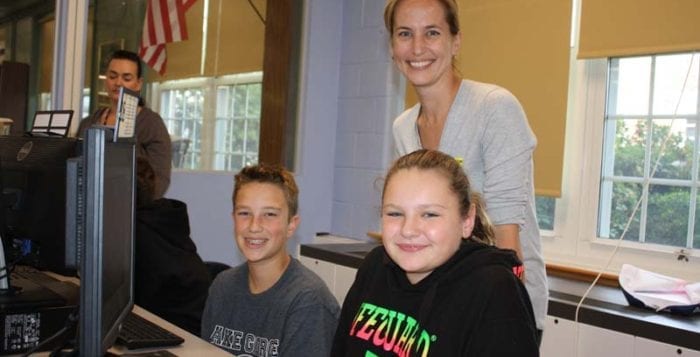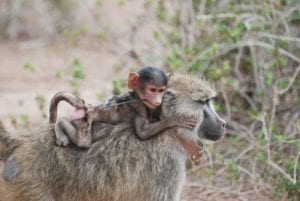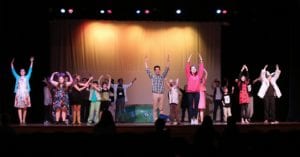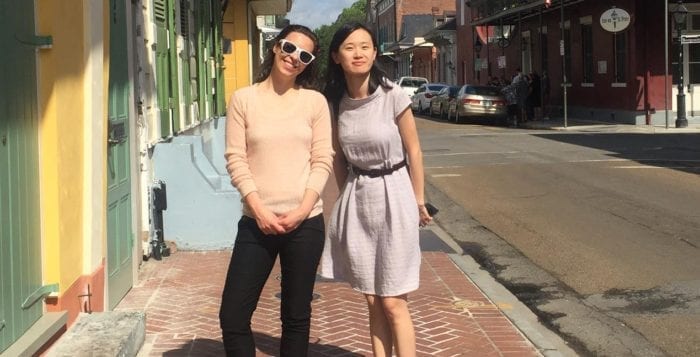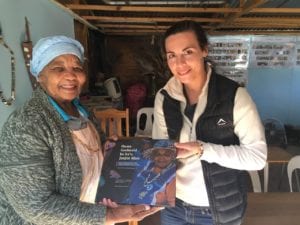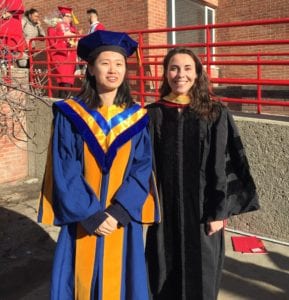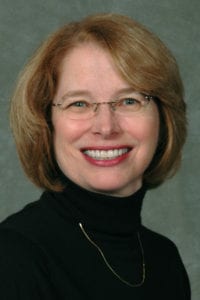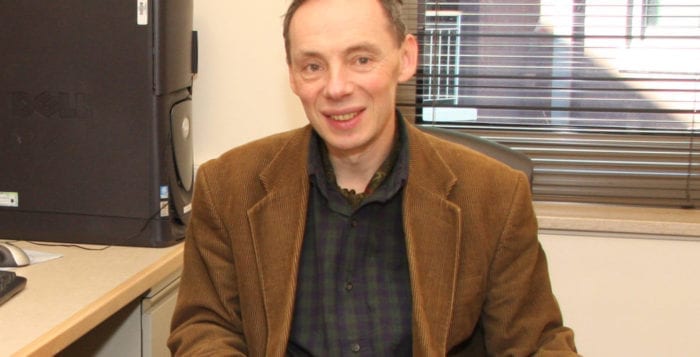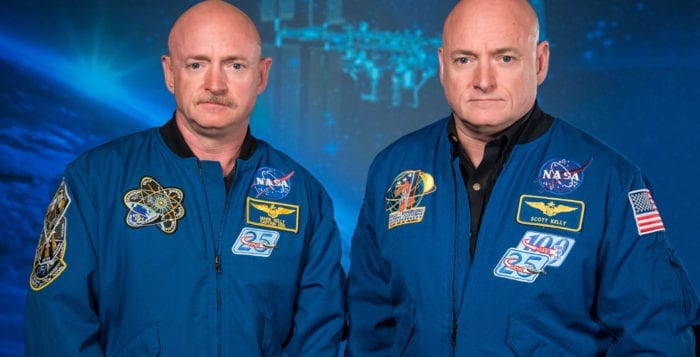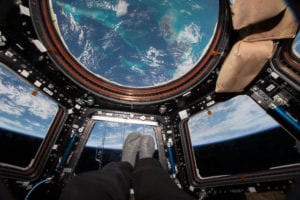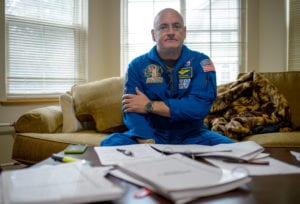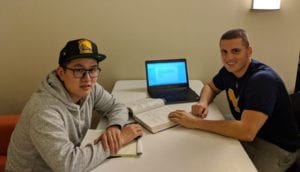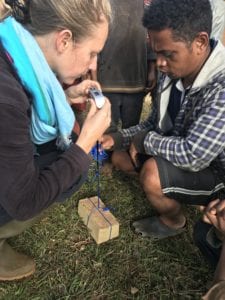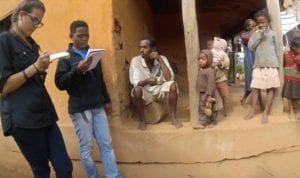By Daniel Dunaief
Anil Yazici wants to help the elderly population with transportation, public safety and emergency services and housing.
An assistant professor in civil engineering at Stony Brook University, Yazici is organizing a series of meetings to address the needs of the elderly. He is recruiting a host of speakers from around the world and is inviting the public to listen and participate in roundtable discussions for a two-day event at the Hilton Garden Inn at Stony Brook as a part of a Research Coordination Network.
The workshop schedule with a list of speakers will be available around mid-March. Those interested in attending can visit the website https://you.stonybrook/edu/agingpopulationrcn/events/rcn-workshops/.
Yazici received a $499,999 four-year grant from the National Science Foundation last fall to develop a way to study the connection between smart and connected communities and areas with varying resources and population densities. The group will host workshops at the University of Michigan and at Florida State University.
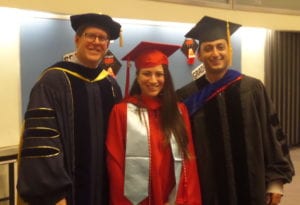
The goal is to maintain mobility and access to services for the aging population. “Our focus is to involve aging populations within smart and connected communities … which generally employ technology to address mobility and access,” he explained in an email.
Yazici would like to get the government, communities and researchers to work together to address these issues. Groups involved in the effort will produce white papers, which can provide a proposal to help governments and community organizations plan various services.
Jacqueline Mondros, the dean of SBU’s School of Social Welfare and assistant vice president for Social Determinants of Health, described housing and transportation as “two of the most problematic issues of older adults, particularly in suburbia and rural areas.”
Mondros, who will be giving one of the talks in April, hopes the tech sector and engineering dedicate more attention to this area. She believes this effort will provide a greater understanding of the kind of connectedness that will help seniors and their caregivers. She also hopes the initiative helps people learn “about the intersection between connectivity and technology and social intervention.”
The funding for this effort is designed to create networks and develop ideas. Further work to develop projects, however, would require additional financial support.
Developing a broad plan in an area such as transportation will require flexible and location-specific solutions. Indeed, Long Island reflects such varying dynamics. Areas in or closer to the city have higher population density and a deeper transportation infrastructure, with subways, buses and trains offering transportation throughout the area. Further out east, however, the population density drops considerably, limiting such options.
“Once you don’t drive” when you’re in suburbia “it’s almost impossible to get around and go where you need to go,” Mondros said. People end up in “social isolation [which] clearly creates poor health outcomes and depression.”
Presenters will include people with expertise from Europe and Australia who can bring the solutions they have developed through smart and connected communities. Some locations have developed a system to help the aging population with routine transportation.

In one community, Yazici learned about a personal network in which people call each other to provide rides for regular travel, like weekly doctor or hospital visits. The network, which was organized through a church, involved calls to find rides through church members.
Eren Ozguven, who met Yazici in high school in Turkey and is a collaborator on the project, plans to do a presentation at Stony Brook on the challenges the aging population faces during hurricanes.
That includes a look at “how the technology usage is shaping this and how [to] provide better accessibility and safety during evacuations and sheltering,” Ozguven, who is an assistant professor in the Department of Civil and Environmental Engineering at FAMU-FSU College of Engineering in Tallahasse, Florida, explained in an email. “We are hoping to have very fruitful brainstorming sessions with practitioners, researchers, students and the public.”
More broadly, Yazici’s work is focused on the resilience of various civil engineering systems, such as transportation.
Organizational networks require contact among all the various infrastructure agencies, he said. They need to keep in contact and make decisions through context. He is working on a way to measure resiliency, so that when storms break communication links and disrupt power grids, the agencies in charge of those systems can restore them to previous levels.
He would like to see how to make an agency’s response to a disruption more efficient. Resilience can be improved through developing sound models for a physical infrastructure response.
A resident of Harlem where he lived during his postdoctoral training, Yazici has had to create his own system to ensure a successful commute. He leaves early, before much of the reverse commuting traffic builds, and returns home late. Yazici, who has been at Stony Brook since the fall of 2014, said he appreciates the opportunity to contribute to a new and growing department.
Yazici moved eight times when he was younger, as the family followed his father Mesut, who was also a civil engineer, from projects including water treatment plants to industrial waste processing. His father tried to dissuade him from following in his footsteps. His academic position, however, doesn’t require Yazici to follow projects from one place to another.
Starting in his first year in college, Yazici played bass in a band. He performed mostly ’70s Turkish progressive rock. He enjoys making music and plans to start an ensemble with his students to have a live music event after graduation.
As for his work, Yazici appreciates the opportunity to study areas that cross disciplines and that help people. “What drives me and most of the academics I know is to make a difference in people’s lives,” he explained in an email. “This could be through teaching and seeing students evolve personally and professionally or researching a topic to solve a problem and improve someone’s life.”


